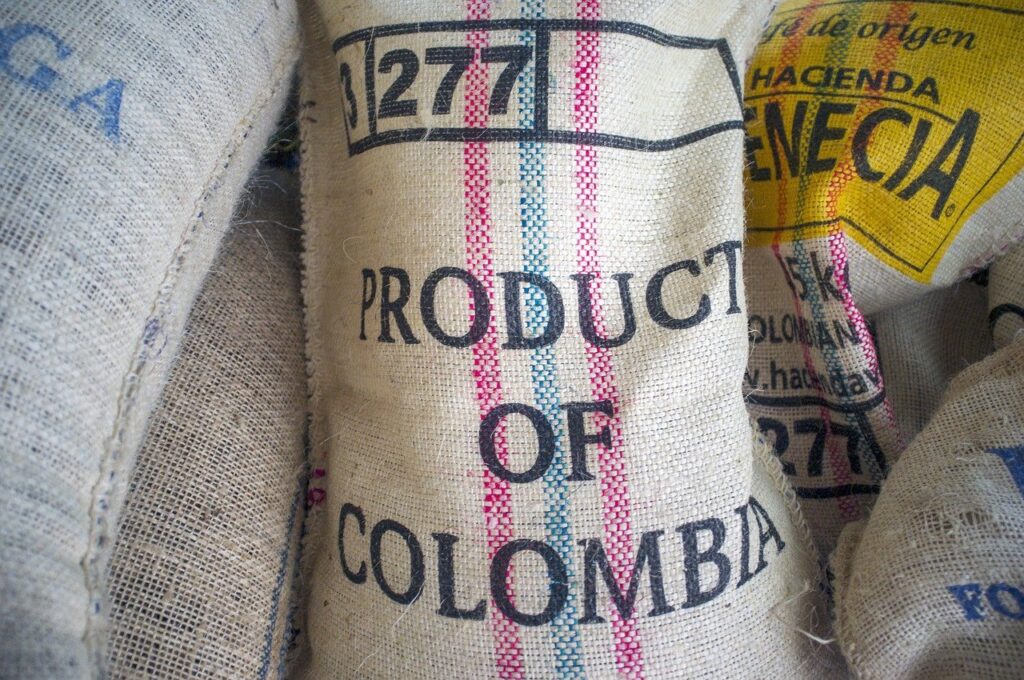The adulterated gold is sold under the guise that it was extracted in Colombia, or is fashioned into jewelry locally, with would-be buyers unaware that it is not pure.
Though the gold sales primarily serve to launder drug trafficking money, the adulterated gold has proven to be profitable on its own. By creating the alloys, the crime group earns “twice the price,” the source said.
While dirty gold has become a common method to launder drug money in recent years, Colombian traffickers from the days of Pablo Escobar have paved their way in gold.
In the 1980s, gold bars were bought with drug money, smelted, and then passed off as local production.
The Cali Cartel laundered hundreds of millions of dollars through a gold-buying scheme. Drug money deposited in Italian banks was used to buy gold bullion. The gold was then sent to Panama, where it was sold off for cash.
So much gold was being bought in Italy with drug money that it threatened to destabilize prices there, an Italian police official said in 1994.
In the 2000s, Salvatore Mancuso, a commander of the paramilitary federation United Self-Defense Forces of Colombia (Autodefensas Unidas de Colombia – AUC), laundered cocaine profits through gold bought in Panama. The gold was then smuggled into Colombia, smelted, and passed off to town mayors who sold it to the State as though it were extracted locally.
As a result, several security measures were put in place in Colombia to track sales of gold and to verify that it is the product of Colombian mines. One such safeguard is the Single Registry for Minerals Commercialization (Registro Único de Comercializadores de Minerales – RUCOM), which includes a list of the people authorized to buy and sell gold in Colombia.
Nevertheless, gold purchased abroad is still used as a money laundering vehicle in the country. According to reports compiled by the
Organization for Economic Cooperation and Development (La Organización para la Cooperación y el Desarrollo Económicos – OCDE) in 2017, gold is smuggled to border departments like Chocó, where it is passed off as regional production, using fake miners or falsifying documents for RUCOM.
The business is so lucrative that the drug traffickers incentivize the extraction of illegal gold in Colombia, buying machinery and creating new mines. They also purchase large quantities of illegal gold, and then launder it through formal mining permits so that it can be sold on the legal market.
.
By Javier Villalba, June 17, 2021, published on InSight Crime






